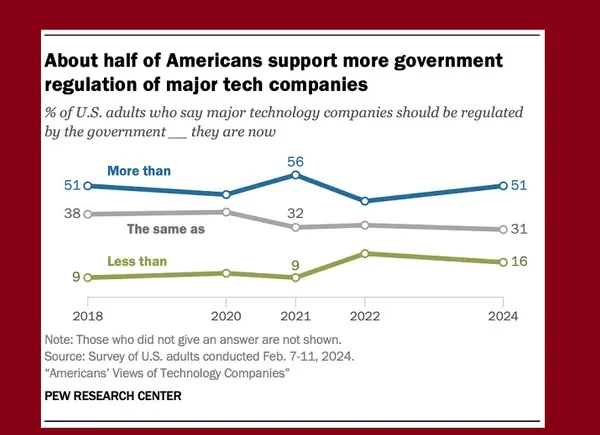
Colorado health authorities are closely monitoring 70 dairy farm workers after a potential exposure to the bird flu virus on a northeastern farm. This situation follows a recent announcement of a second possible bird flu outbreak affecting a dairy herd in the state.
The virus has now been detected in 36 dairy herds across nine states, one of which is located in Colorado. As the virus transitions between birds and cattle, it is at risk of mutating further, according to experts, potentially enhancing its capability to infect humans.
Rachel Herlihy, MD, MPH, the Deputy Chief Medical Officer and Chief Epidemiologist at the Colorado Department of Public Health, stated that while the overall risk to humans is low, it varies based on exposure levels.
She noted that approximately 70 farm workers in Colorado have been under observation, and to date, none have exhibited symptoms.
As of now, no such cases have been reported, according to statements from local health officials.
“We’re still putting the puzzle pieces together,” said Maggie Baldwin, Colorado’s state veterinarian, during a virtual town hall meeting on May 8.
The presence of bird flu was confirmed in the dairy cows in late April.
According to the Center for Infectious Disease Research and Policy (CIDRAP):
At a public town hall on Zoom today, veterinary and public health officials from Colorado today detailed the background of H5N1 findings in the state since 2022, described the state’s response to recent detections, and fielded questions from the public.
On April 26, the USDA reported the first detection in a Colorado herd, which raised the number of affected states to nine. The next day, the Colorado Department of Agriculture said the affected dairy cows were located in the northeastern part of the state. The state veterinarian’s office received a notification on April 22 about a herd with clinical signs consistent with highly pathogenic avian flu in cattle.
Samples submitted to the Colorado State University Veterinary Diagnostic Laboratory tested presumptive positive on April 24 and were confirmed by the USDA’s National Veterinary Services Laboratory the following day.
On May 1, Colorado’s agricultural commission and the CDA agriculture commissioner approved an emergency rule to limit the spread of the virus. Colorado has 106 dairies and about 200,000 dairy cows.
At today’s town meeting, Maggie Baldwin, DVM, Colorado’s state veterinarian, said investigators are still assessing how the Colorado cows were exposed to the virus. “We’re still putting the puzzle pieces together.”
She added that whole-genome sequencing will help tell the story, adding that the state’s farmers have been very helpful. “The goal in getting an answer is stopping additional spread,” she said.
Baldwin said there are still several unknowns, including the length of the incubation period in cattle, the mechanism of transmission, how long the animals shed the virus, and whether H5N1 poses a risk to nonlactating cattle or other livestock species.
In a recent Senate Committee briefing, Dr. Robert Califf, the head of the FDA, announced proactive measures being implemented in preparation for a potential bird flu pandemic that could prove deadly to a significant portion of the infected population.
Dr. Califf reported that only one human case has been confirmed so far—a farm worker in Texas this past March.
The Texas Department of State Health Services (DSHS) previously issued a health alert after confirming the first human case of the novel avian influenza A(H5N1) in the state.
The infected individual fell ill after coming into contact with dairy cows believed to be carrying the avian flu, with conjunctivitis being the primary symptom reported. This incident marks only the second time the avian influenza A(H5N1) virus has been identified in a human in the United States.
The case is linked to recent findings of the virus in dairy cows, as announced by the Texas Animal Health Commission.
In March 2024, testing for influenza was conducted on several animals in Texas and Kansas due to signs of illness. These animals included wild birds, cats, and dairy cows. Some of these tests returned positive for avian influenza A(H5N1), marking the first time the virus has been detected in cattle within the United States.
The man developed pink eye but no respiratory symptoms, according to Mirror.
“This virus, like all viruses, is mutating,” Dr. Califf claimed to the lawmakers. “We need to continue to prepare for the possibility that it might jump to humans.”
The FDA’s primary concern centers on the possibility of the virus mutating to affect human lungs—a scenario previously observed in other regions where the mortality rate has escalated to 25 percent, or one in every four infected individuals.















